10 Best Herbal Tinctures For Premenstrual Syndrome
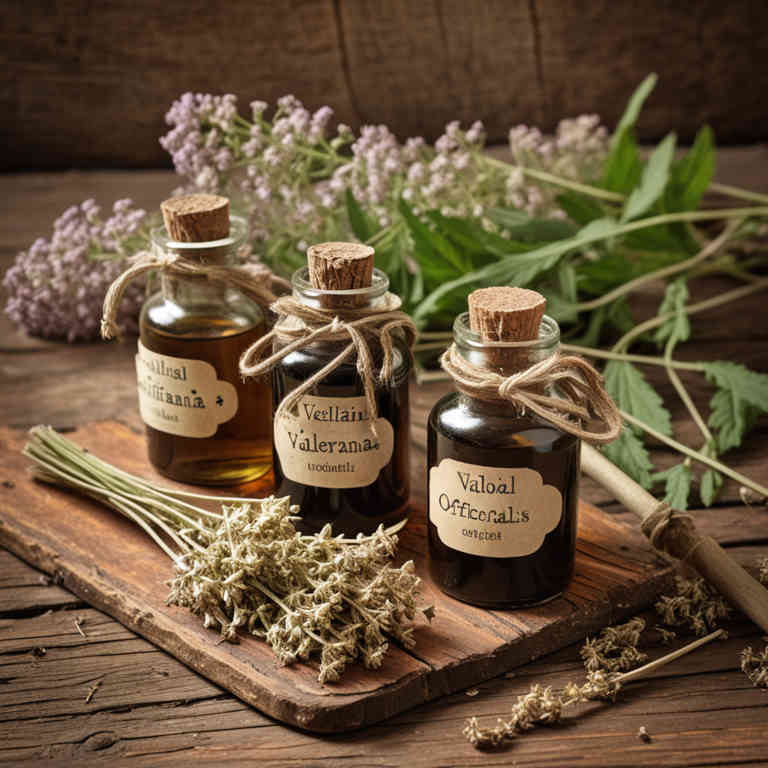
Herbal tinctures have gained popularity as a natural remedy for managing premenstrual syndrome (PMS) symptoms, offering a holistic approach to hormonal and emotional imbalances.
Commonly used herbs such as chasteberry (Vitex agnus-castus), ginger, and St. John’s wort are often included in tinctures for their potential to alleviate cramps, mood swings, and fatigue associated with PMS. These tinctures are typically prepared by soaking herbs in alcohol or glycerin, allowing the active compounds to be extracted for easy absorption into the bloodstream. While some studies suggest their effectiveness, it is important to consult a healthcare provider before use, as they may interact with medications or have side effects.
Overall, herbal tinctures can be a useful complementary therapy for women seeking natural relief from PMS symptoms.
FREE COURSE
How to make medicinal herbal tinctures for common ailments at home and in a weekend (using the Healing Drops System).

Table of Contents
1. Vitex agnus-castus

Vitex agnus-castus, commonly known as chasteberry, is a popular herbal tincture used to support women's health, particularly for managing premenstrual syndrome (PMS).
This herb is believed to influence hormonal balance by affecting the pituitary gland, which can help regulate menstrual cycles and reduce PMS symptoms such as mood swings, breast tenderness, and bloating. Clinical studies suggest that vitex may be effective in alleviating emotional and physical symptoms associated with PMS, though results can vary among individuals. When using vitex tinctures, it is important to follow recommended dosages and consult with a healthcare provider, especially for those with existing medical conditions or who are pregnant.
Overall, vitex agnus-castus offers a natural alternative for women seeking supportive care for their menstrual health.
2. Valeriana officinalis
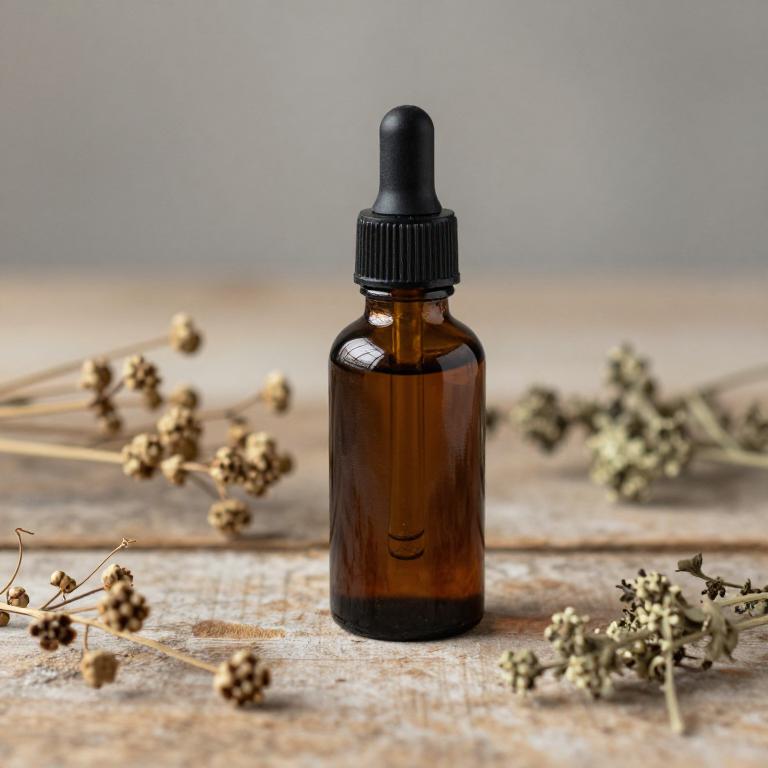
Valeriana officinalis, commonly known as valerian, is a traditional herbal remedy often used in the form of tinctures to alleviate symptoms of premenstrual syndrome (PMS).
The tinctures are prepared by extracting the root of the plant with alcohol, which is believed to enhance the bioavailability of its active compounds. Studies suggest that valerian may help reduce anxiety, insomnia, and mood swings associated with PMS due to its calming effects on the nervous system. While research on its specific efficacy for PMS is limited, many women report subjective improvements in their symptoms when using valerian tinctures.
As with any herbal supplement, it is important to consult a healthcare provider before use, especially for those with underlying health conditions or taking other medications.
3. Rosa canina
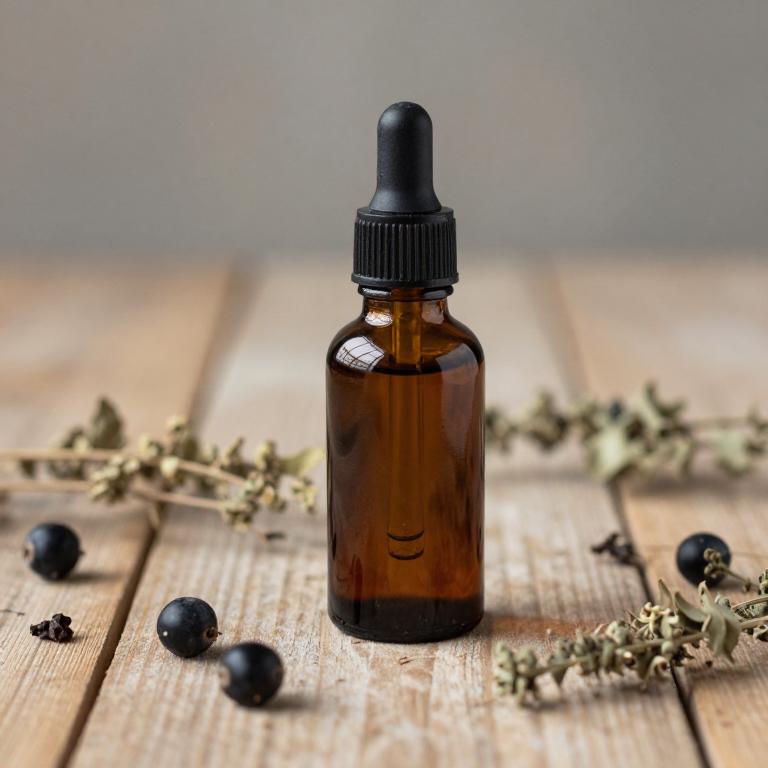
Rosa canina, commonly known as dog rose, has been traditionally used in herbal medicine for its potential benefits in managing premenstrual syndrome (PMS).
Rosa canina herbal tinctures are often prepared from the flowers and hips of the plant, which are rich in antioxidants, vitamins, and essential nutrients. These tinctures are believed to support hormonal balance and reduce symptoms such as mood swings, bloating, and breast tenderness associated with PMS. Some studies suggest that the anti-inflammatory and adaptogenic properties of Rosa canina may help alleviate the physical and emotional discomfort of PMS.
While more research is needed, many women find Rosa canina tinctures to be a natural and complementary option for managing PMS symptoms.
4. Nymphaea alba
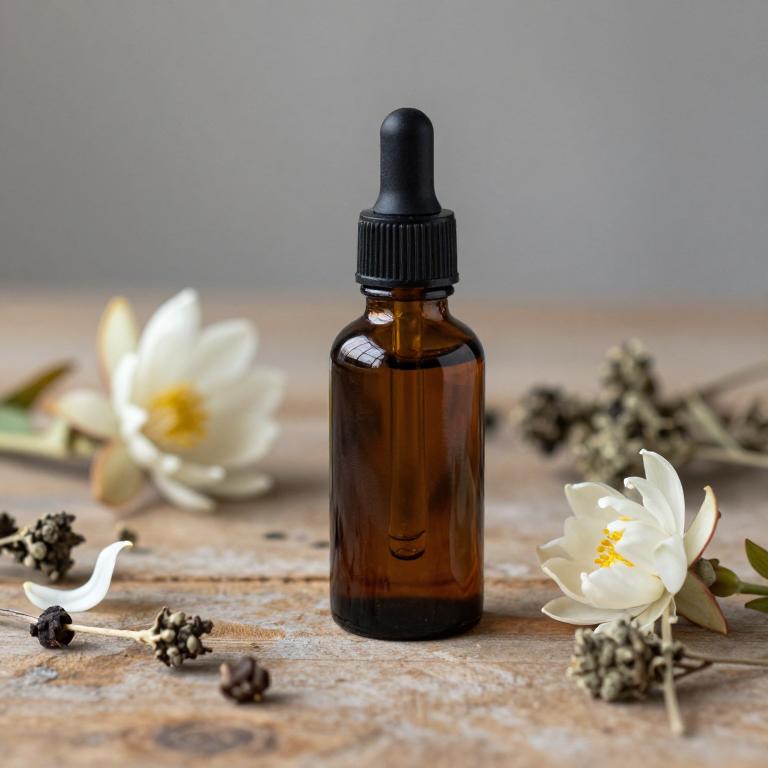
Nymphaea alba, commonly known as white water lily, has been traditionally used in herbal medicine for its calming and restorative properties.
Herbal tinctures made from Nymphaea alba are often recommended for managing symptoms of premenstrual syndrome (PMS), such as mood swings, anxiety, and irritability. These tinctures are believed to support hormonal balance and reduce emotional distress associated with the menstrual cycle. The active compounds in Nymphaea alba, including flavonoids and alkaloids, may contribute to its soothing effects on the nervous system.
When used as part of a holistic approach, Nymphaea alba tinctures can offer a natural alternative for women seeking relief from PMS symptoms.
5. Chamomilla recutita
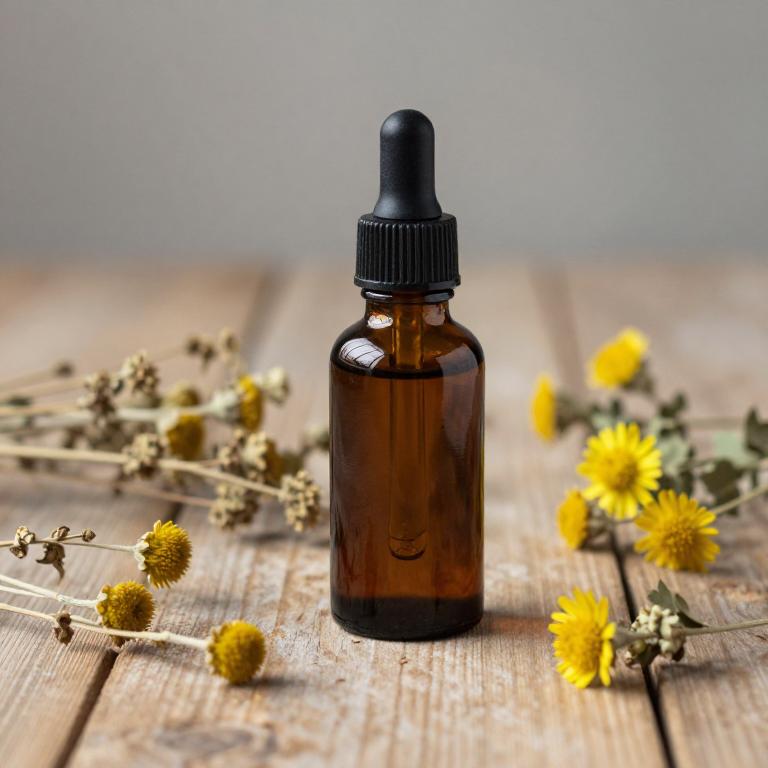
Chamomilla recutita, commonly known as German chamomile, has been traditionally used for its calming and anti-inflammatory properties, making it a popular choice for herbal tinctures aimed at alleviating symptoms of premenstrual syndrome (PMS).
When prepared as a tincture, Chamomilla recutita is often taken in small doses to help reduce menstrual cramps, irritability, and anxiety that commonly accompany PMS. Studies suggest that the active compounds in chamomile, such as bisabolol and apigenin, may interact with the body's neurotransmitters to promote relaxation and reduce inflammation. However, it is important to consult a healthcare provider before using chamomile tinctures, especially for individuals on medication or with known allergies.
Overall, Chamomilla recutita tinctures offer a natural, holistic approach to managing PMS symptoms, though their efficacy can vary among individuals.
6. Foeniculum vulgare
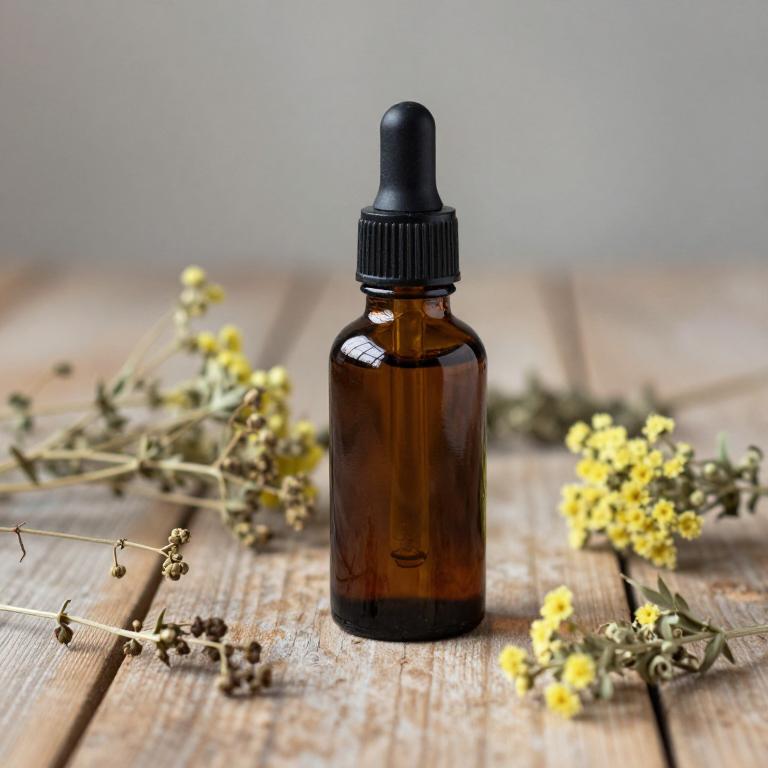
Foeniculum vulgare, commonly known as fennel, has been traditionally used in herbal medicine for its potential benefits in alleviating symptoms of premenstrual syndrome (PMS).
Fennel tinctures are often prepared by soaking the dried seeds in alcohol to extract their essential oils and active compounds, such as anethole and estragole, which are believed to have mild estrogenic and antispasmodic properties. These properties may help reduce cramping, bloating, and mood swings associated with PMS. Some studies suggest that fennel may support hormonal balance and ease gastrointestinal discomfort, making it a popular remedy among those seeking natural alternatives.
However, it is important to consult a healthcare provider before using fennel tinctures, especially during pregnancy or if taking other medications.
7. Cuminum cyminum
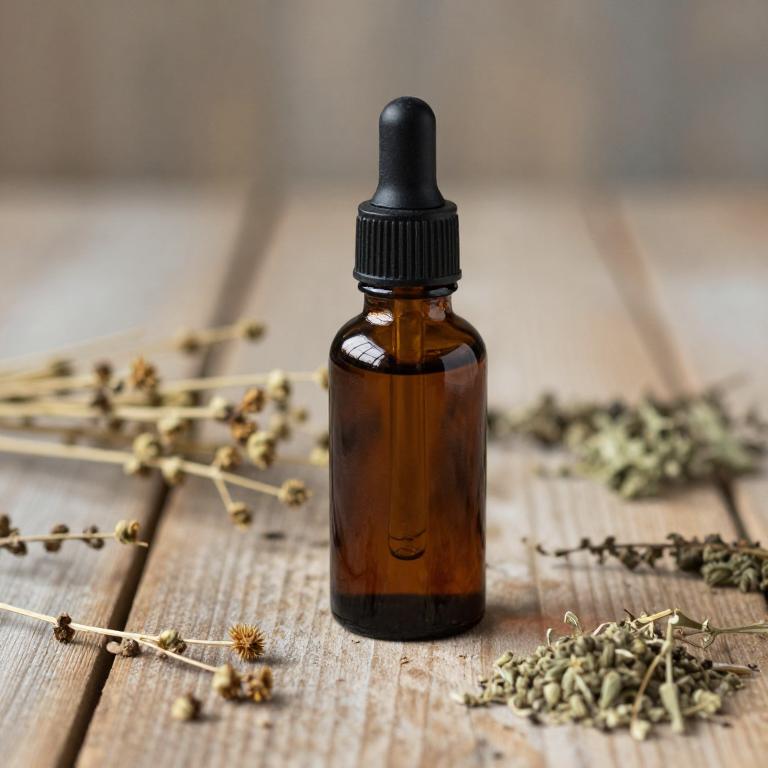
Cuminum cyminum, commonly known as cumin, has been traditionally used in herbal medicine for its potential benefits in alleviating premenstrual syndrome (PMS) symptoms.
Cumin seed tinctures are believed to support hormonal balance and reduce bloating, mood swings, and cramps associated with PMS. The essential oils in cumin, such as limonene and caryophyllene, may have anti-inflammatory and mood-regulating properties that contribute to its effectiveness. When used as a tincture, cumin can be easily integrated into daily routines, offering a natural alternative for those seeking relief without pharmaceutical interventions.
However, it is advisable to consult with a healthcare provider before using cumin tinctures, especially for individuals with existing health conditions or those taking other medications.
8. Passiflora incarnata
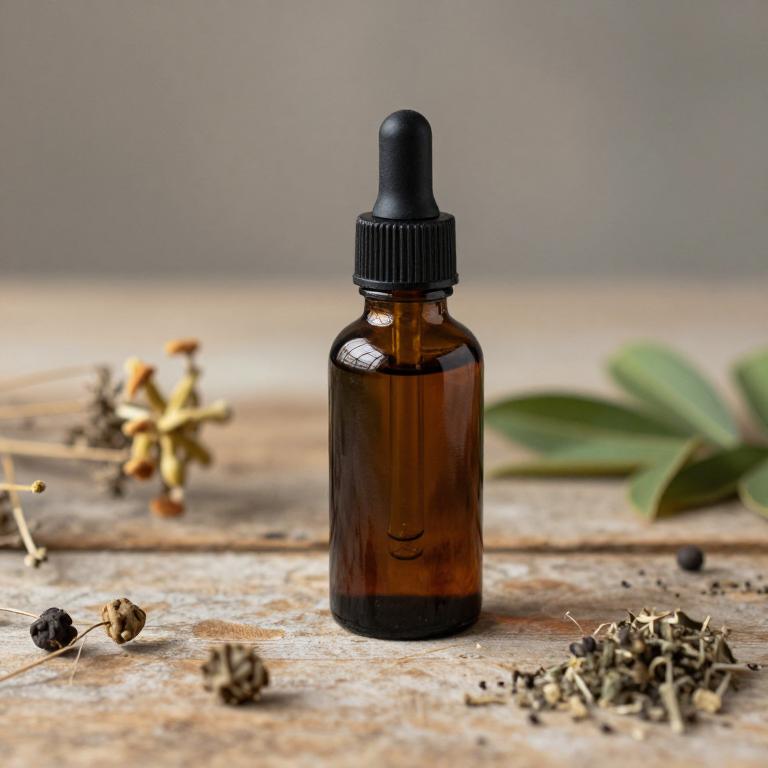
Passiflora incarnata, commonly known as passionflower, is a herbal remedy that has been traditionally used to alleviate symptoms of premenstrual syndrome (PMS).
Its tincture form is often preferred for its ease of use and consistent dosing. Studies suggest that passionflower may help reduce anxiety, irritability, and mood swings associated with PMS by promoting relaxation and calming the nervous system. The active compounds in passiflora, such as flavonoids and harmine, are believed to contribute to its calming effects.
When used as a tincture, passiflora incarnata is typically taken in small doses several times a day, and it is generally considered safe for most adults when used as directed.
9. Crataegus oxyacantha
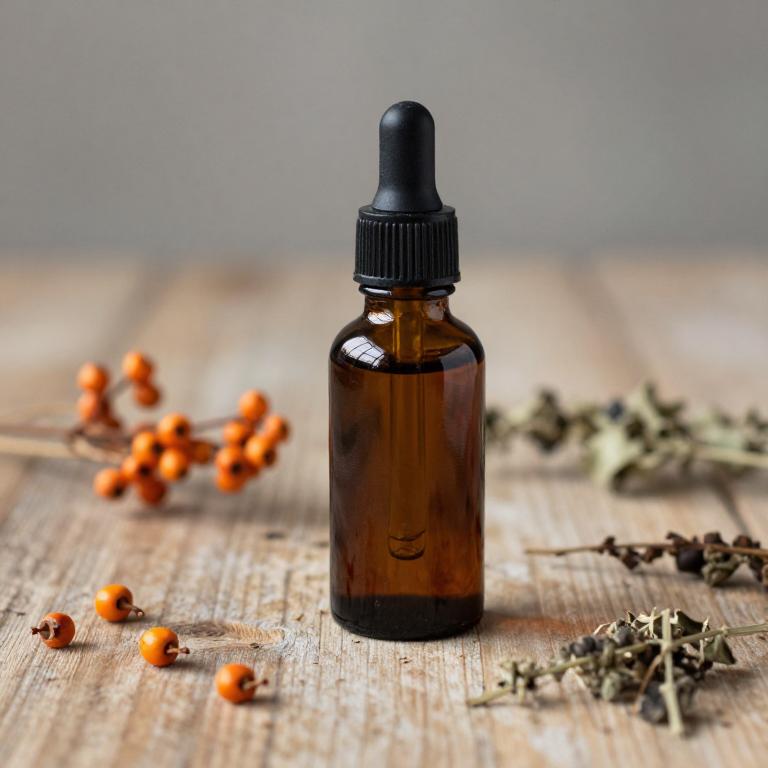
Crataegus oxyacantha, commonly known as hawthorn, has been traditionally used in herbal medicine for its potential benefits in supporting cardiovascular health and emotional well-being.
When prepared as a tincture, Crataegus oxyacantha may offer relief for symptoms associated with premenstrual syndrome (PMS), such as irritability, anxiety, and mood swings. The herb is believed to influence neurotransmitter activity and promote a calming effect on the nervous system. While some studies suggest it may help regulate hormonal fluctuations, more clinical research is needed to confirm its efficacy for PMS specifically.
As with any herbal remedy, it is important to consult with a healthcare provider before use, especially for individuals with existing medical conditions or those taking other medications.
10. Cimicifuga racemosa
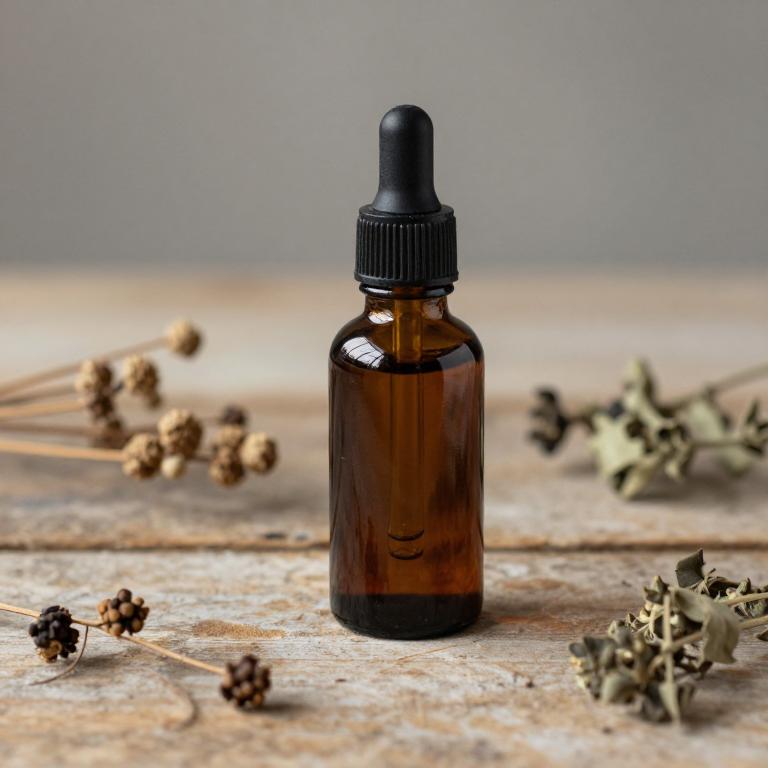
Cimicifuga racemosa, commonly known as black cohosh, is a popular herbal remedy used to alleviate symptoms of premenstrual syndrome (PMS).
Its tincture form is often preferred for its concentrated active compounds, which may help regulate hormonal imbalances associated with PMS. Studies suggest that black cohosh may reduce symptoms such as mood swings, bloating, and breast tenderness in women experiencing PMS. The tincture is typically taken in small doses, usually 20-40 drops, diluted in water or another liquid, several times a day.
While generally considered safe for short-term use, it is important to consult a healthcare provider before starting any herbal treatment, especially for those with underlying health conditions or taking other medications.